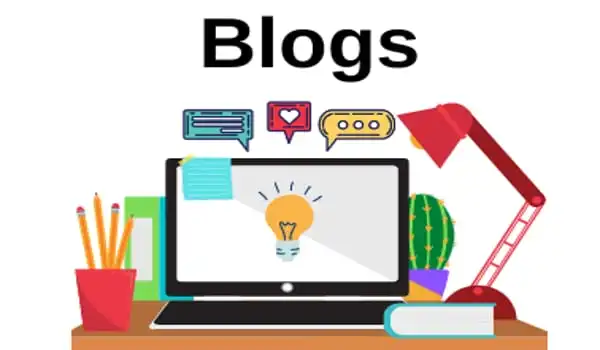According to an international team of scientists, girls and boys may be more vulnerable to the detrimental consequences of social media use at different stages of adolescence. The researchers reveal in a study published in Nature Communications that in UK data, girls had a negative relationship between social media use and life satisfaction when they are 11-13 years old and boys when they are 14-15 years old. Increased social media use predicts decreased life satisfaction at 19 years of age. At times, the connection was not statistically significant.
Social media has significantly changed how we spend our time, share information about ourselves, and communicate with others in just over a decade. This has sparked significant concern about its possible detrimental influence, both on individuals and on society as a whole. Even after years of research, there is still a lot of doubt regarding how social media use affects happiness.
A group of academics, including psychologists, neuroscientists, and modelers, examined two UK datasets containing 84,000 people ranging in age from 10 to 80. These contained longitudinal data on 17,400 young people aged 10 to 21 years old, which is data that tracks individuals across time. The study’s authors are from the Universities of Cambridge and Oxford, as well as the Donders Institute for Brain, Cognition, and Behavior.
The researchers searched for a link between estimated social media use and reported life satisfaction and discovered important adolescent moments when social media use was associated with a reduction in life happiness 12 months later. The researchers also discovered that youths who have lower than average life satisfaction use more social media one year later.
The relationship between social media use and mental health is definitely complicated. Changes in our physiology, such as brain development and puberty, as well as changes in our social situations appear to make us vulnerable at certain points in our lives.
Dr. Amy Orben
Social media use between the ages of 11 and 13 years in females was linked to a decline in life satisfaction one year later, whereas this occurred between the ages of 14 and 15 years in boys. The discrepancies suggest that sensitivity to social media use may be linked to developmental changes, such as changes in brain structure, or to puberty, which occurs later in males than in girls. This necessitates additional investigation.
Social media use at the age of 19 was connected with a decline in life satisfaction a year later in both males and females. According to the experts, at this age, social upheavals such as leaving home or starting employment may make us particularly vulnerable. Again, this requires further research.
At times, the relationship between social media use and life satisfaction one year later was not statistically significant. Decreases in life satisfaction also predicted increases in social media use one year later; however, this does not vary by age or gender.
Dr. Amy Orben, group head at the MRC Cognition and Brain Sciences Unit at the University of Cambridge, who conducted the study, stated: “The relationship between social media use and mental health is definitely complicated. Changes in our physiology, such as brain development and puberty, as well as changes in our social situations appear to make us vulnerable at certain points in our lives.”

Professor Sarah-Jayne Blakemore, co-author of the paper and Professor of Psychology and Cognitive Neuroscience at Cambridge, stated: “The precise processes that underpin this sensitivity cannot be identified. Adolescence is a time of cognitive, biological, and social transformation that is linked, making it impossible to separate one component from another. For example, it is unclear what is attributable to developmental changes in hormones or the brain and what is due to how a person interacts with their peers.”
“With our findings, rather than discussing whether or not the link exists, we can now focus on the phases of our adolescence where we now know we may be most at risk and utilize this as a springboard to explore some of the truly interesting questions,” Dr. Orben continued.
Further confounding the link is the fact – previously reported and verified by today’s findings – that not only can social media use have a bad influence on wellbeing, but that it may also have the opposite effect, with poorer life satisfaction driving higher social media use.
The researchers are keen to point out that, while their findings show at a population level that there is a link between social media use and poorer wellbeing, it is not yet possible to predict which individuals are most at risk.
Professor Rogier Kievit, Developmental Neuroscience Professor at the Donders Institute for Brain, Cognition, and Behavior, stated: “Our statistical modeling looks at averages. This indicates that not every young person will suffer a negative impact on their wellbeing as a result of their use of social media. It will frequently have a favorable impact on some people. Some people use social media to connect with friends, cope with a certain situation, or because they don’t have anyone to talk to about a specific problem or how they feel – for these people, social media can be a helpful source of support.”
Professor Andrew Przybylski, Director of Research at the Oxford Internet Institute at the University of Oxford said: “To pinpoint which individuals might be influenced by social media, more research is needed that combines objective behavioural data with biological and cognitive measurements of development. We therefore call on social media companies and other online platforms to do more to share their data with independent scientists, and, if they are unwilling, for governments to show they are serious about tackling online harms by introducing legislation to compel these companies to be more open.”














